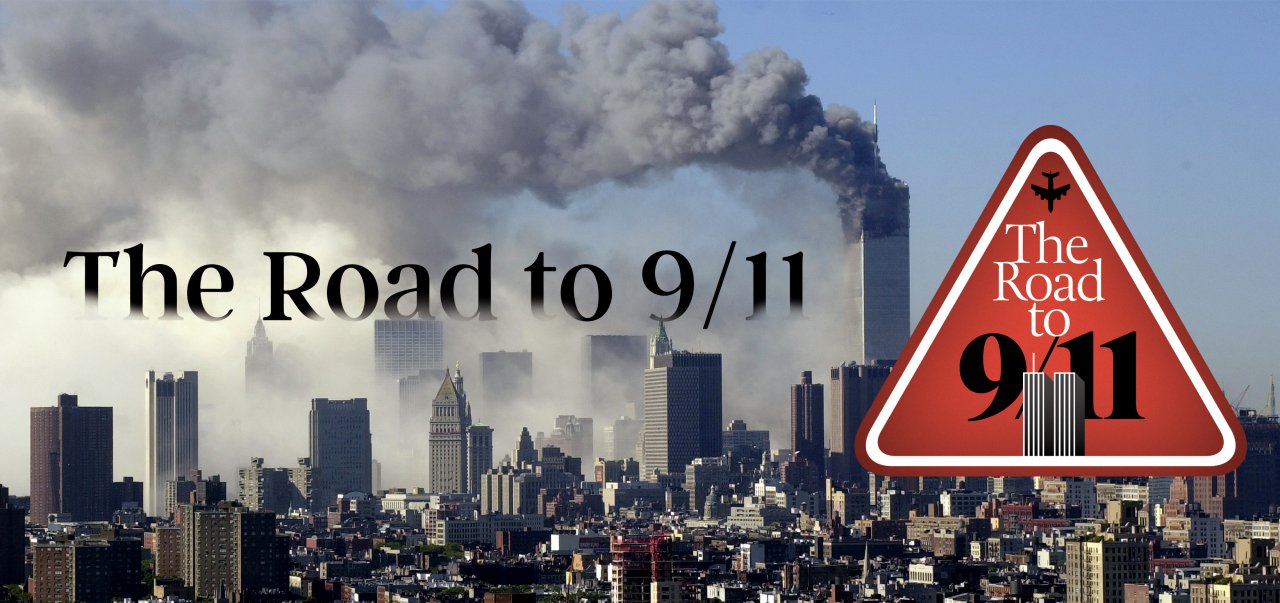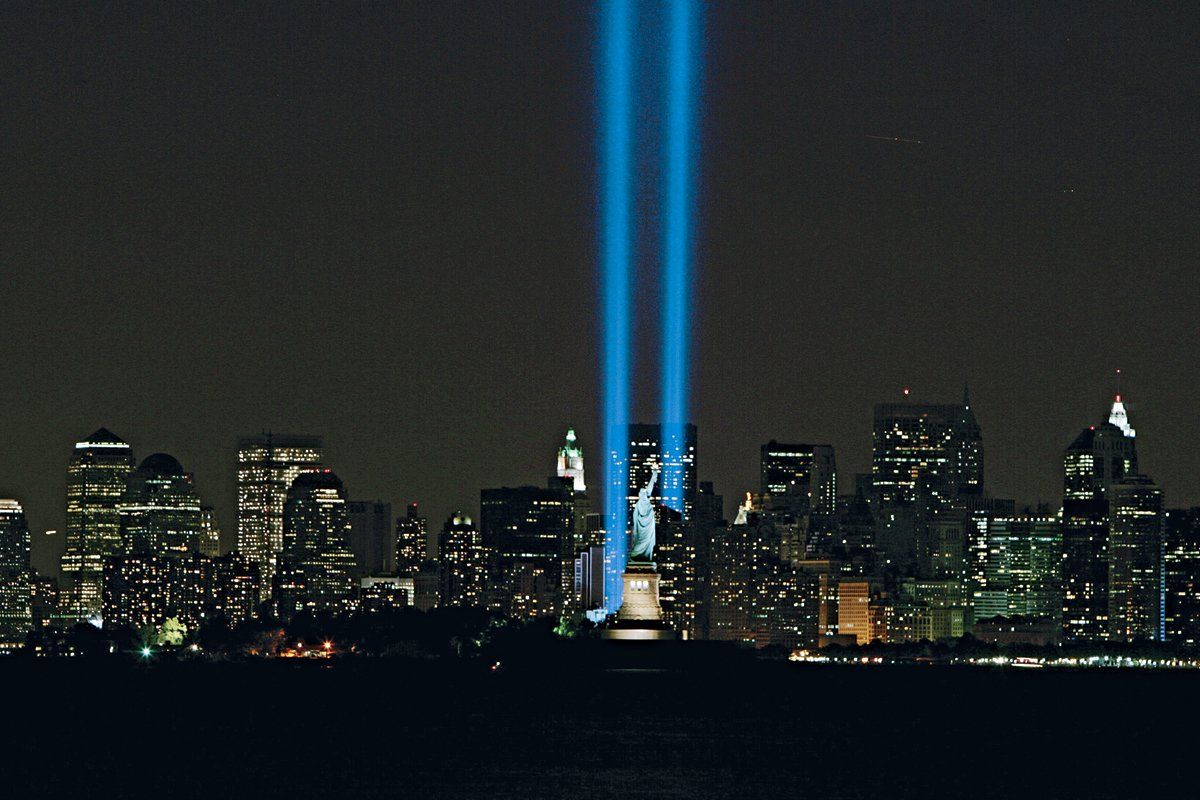
These are some of the most studied days in American history, and some of the saddest. From President George W. Bush receiving his first warning on August 6 until that Tuesday of September 11, 19 Middle Eastern men methodically moved forward towards implementing their diabolical plot: unmolested by any authorities, undetected by either intelligence agencies or airlines.
U.S. intelligence knew that something was coming—something big—but it was anything but methodical. Despite countless signs that some terrorist planning and preparations involved large commercial airliners, the CIA was never able to put the pieces together. But more important, neither the CIA nor the FBI (nor other agencies) effectively used the tools that were at their disposal. There was no nationwide manhunt, no definitive warning to airlines or airport security. The federal government moved forward—oblivious, lackadaisical, even incompetent—with leaders mostly on vacation and workers never able to assemble the mosaic.
After 9/11, there was finger-pointing at President Bush and the White House, between the previous Bill Clinton and the Bush administration, at the CIA, NSA, FBI and even at the Pentagon for missing things and for not focusing. America came to know about "actionable intelligence" and "the wall" and "connecting the dots"; the public was told repeatedly that the laws of the United States, and the civil rights that all Americans enjoyed, were to blame for the attacks. What followed was the largest reorganization of the government since World War II, vast new domestic intelligence authorities, and an endless war. The government justified warrantless surveillance, secret prisons and torture by asserting that the rules as they then existed did not allow for effective counter-terrorism.
The record of the days leading up to those fateful hours clarifies how much of what followed 9/11 was avoidable. The panicked overreactions and compounding of errors were rooted in a belief—that more attacks and even the use of weapons of mass destruction were ahead—that was itself based on bad intelligence and the inability of the government to see a big picture.
 NEW YORK - SEPTEMBER 11: An unidentified New York City firefighter walks away from Ground Zero after the collapse of the Twin Towers September 11, 2001 in New York City. The World Trade Center's Twin Towers and the Pentagon were attacked by terrorists using commercial airliners as missiles.Anthony Correia/Getty Images/Getty
NEW YORK - SEPTEMBER 11: An unidentified New York City firefighter walks away from Ground Zero after the collapse of the Twin Towers September 11, 2001 in New York City. The World Trade Center's Twin Towers and the Pentagon were attacked by terrorists using commercial airliners as missiles.Anthony Correia/Getty Images/Getty"I don't think anybody could have predicted that these people would take an airplane and slam it into the World Trade Center," Condoleezza Rice famously said after the attacks. But in the month and six days preceding the attacks, just such a scenario was being discussed within the FBI. The arrest of Minneapolis-based Zacarias Moussaoui on August 16, a man who was trying to learn how to fly Boeing 747's and whom the FBI concluded was a radical Muslim, alarmed the intelligence community and the FAA—but prompted no airline or public warnings. No laws or policies stood in the way of searching Moussaoui's computer and belongings: the FBI simply chose not to pursue a criminal search warrant. And while various offices within the FBI fought with each other about what to do, no one outside the Bureau ever stood in their way. They just failed.
At the CIA, old intelligence was finally read in August. For over a year, the Agency possessed intelligence reports that two individuals, Khalid al-Mihdhar and Nawaf al-Hazmi, "known" to be al Qaeda operatives, were in the United States and had been since January 2000. One of those individuals had even flown to the Middle East and returned to New York on July 4th. The two men were belatedly watch-listed from entering again (they were already in America) and notifications went out to the FBI Field Office in Los Angeles to look for the men, with agents there checking computer databases and some hotel registers but doing little more. But the CIA failed to analyze the very intelligence it possessed: that the two had been to Malaysia before they came to the U.S. and had stayed with a man who was Moussaoui's erstwhile employer in the United States. And Moussaoui got his money from one Ramzi Bin al-Shibh, who was also a former roommate of Mohammed Atta and the link between the main 9/11 hijackers and al Qaeda central. In other words, the "dots" were in their possession but the CIA never made the connection.
At the NSA, various communications intercepts were also picked up—their own and those of allied agencies—that indicated general plotting and specific warnings of some imminent act. But the NSA didn't translate the intercepts before 9/11. They weren't focused. Collection of "more" was prioritized over collection of what was needed.
After 9/11, the most astounding, tragic error of all emerged, one that is still not fully understood today. It wasn't until high-level al Qaeda leaders were captured in 2002 that the intelligence community found out that Khalid Sheikh Mohammed (KSM) was the mastermind of the airplanes operations. Intelligence had come in during these final days identifying someone known was "Mukhtar" (the brain) and another man named Abdulrahman al-Ghamdi were recruiting and sending terrorists to America to learn flight training. Both names were aliases for KSM. And the very same KSM—whom the intelligence community said they'd never heard of—had been indicted in 1996 by the U.S. Attorney for the Southern District of New York for his involvement in the 1993 World Trade Center attack and a plot to hijack and use airplanes as weapons. He had been watch-listed and was even the subject of an unsuccessful kidnapping by FBI and CIA operatives. But then the intelligence community seemed to forget his existence. They never followed up.
There were other giant failures. Tens of thousands of dollars flowed to the hijackers in the United States, and the Department of the Treasury didn't notice (they had every authority and mandate to do so). There was the infamous "Phoenix Memo" written by an insightful FBI agent in July, warning that Middle Eastern men were taking flight lessons in the United States. And other pieces of the puzzle—that Moussaoui was connected to Bin al-Shibh of Hamburg cell fame (which meant he was connected to the pilots present in the United States), that Moussaoui was connected to the California duo, that KSM was the mastermind—existed in the U.S. intelligence and law enforcement communities but was never understood. The CIA, the FBI and the rest of the intelligence community just failed to do their jobs. The White House failed to focus and heed the signs. The FAA failed to issue sufficient warning, and dozens of airline and security employees failed to do their jobs on the morning of September 11th when 19 men—some with questionable documentation and at least one who couldn't even speak enough English to answer security questions—boarded airplanes and turned that sunny Tuesday into one of America's darkest days.
 The "Tribute to Light" memorial as seen from Bayonne, New Jersey.Emile Wamsteker / Bloomberg-Getty Images
The "Tribute to Light" memorial as seen from Bayonne, New Jersey.Emile Wamsteker / Bloomberg-Getty Images
No comments:
Post a Comment